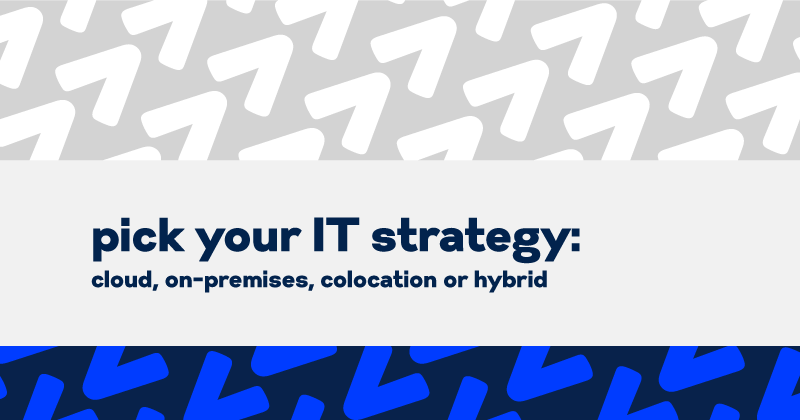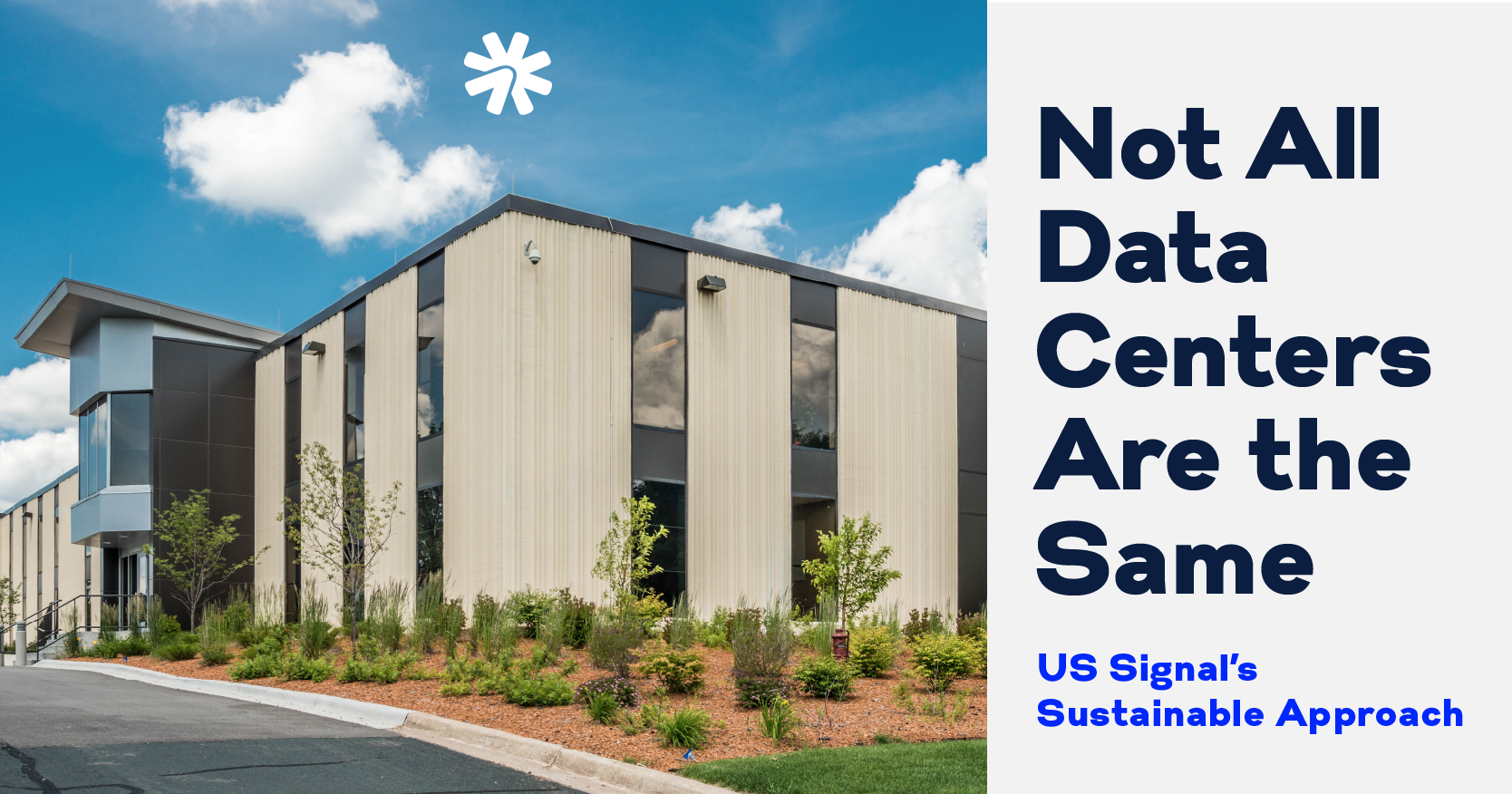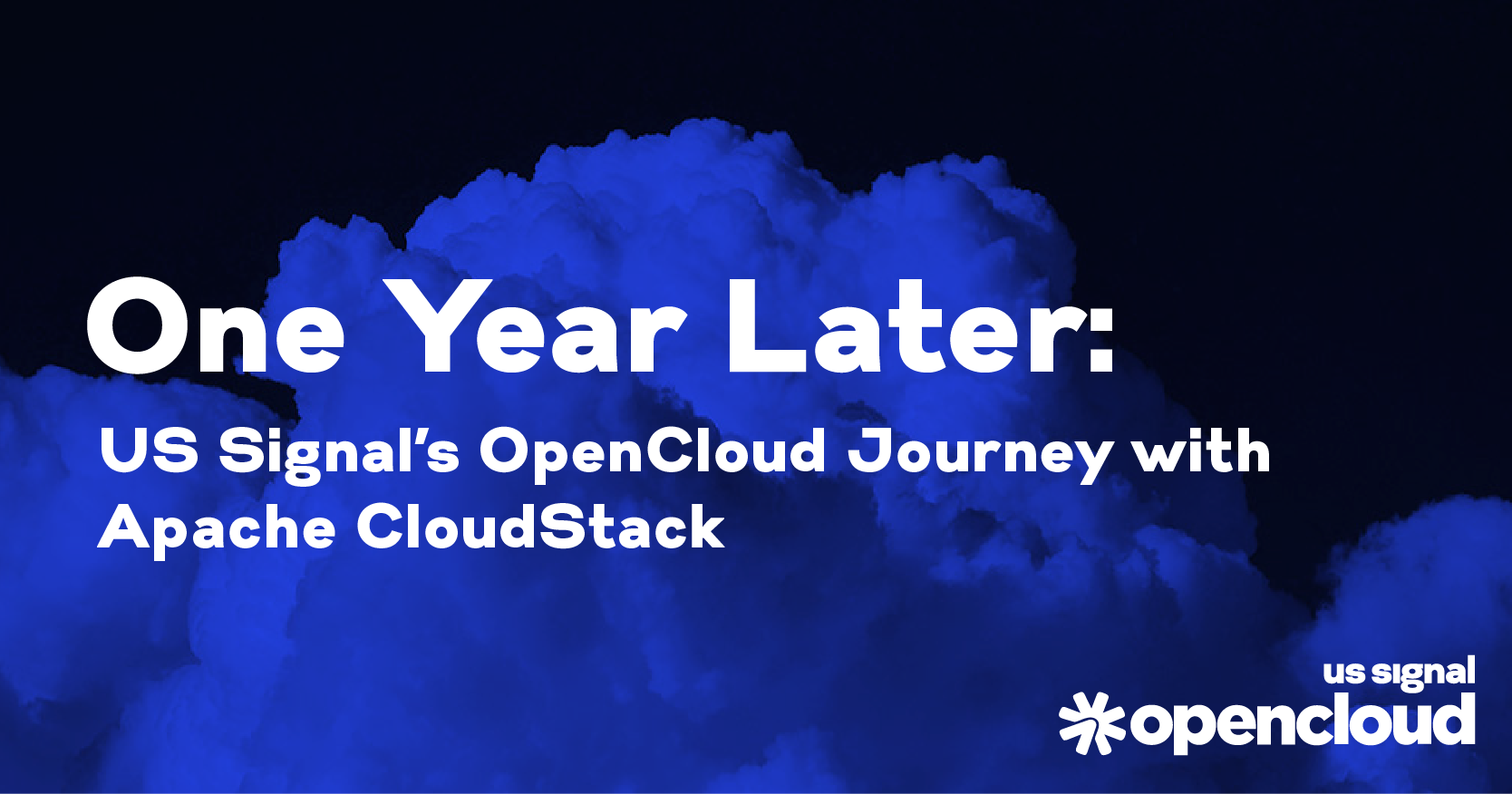Pick Your IT Strategy: Cloud, On-premises, Colocation or Hybrid

It’s good to have choices. When it comes to IT environments, there are plenty of them: on-premises, colocation, cloud (including multicloud) and hybrid, which entails some combination of the aforementioned options.
IT Strategy: Not an Easy Matter
Unfortunately, choosing the best IT strategy for your organization isn’t as simple as clicking on a solution from a website dropdown menu and entering a credit card number.
For example, the benefits of the cloud may be compelling. However, an organization may have made investments in legacy systems that can’t simply be abandoned or have mission-critical workloads that can’t be distributed.
There likely are applications that have been written specifically to accommodate workloads on those systems. The apps could be moved to the cloud but might not perform optimally. They might require replatforming, refactoring, or rebuilding, which can be time-consuming and comes with costs.
Replacing them entirely with a cloud-native app might make sense, but that introduces a whole other set of complexities. In the case of a mainframe system, the cost of app migration can far exceed the cost of keeping existing mainframe systems.
If an organization really wants to get out of the data center business, moving legacy equipment to a colocation facility may make sense as a first step toward embracing the cloud. However, the company may need to keep the systems within a certain distance of its location due to security, bandwidth, or other requirements. There could also be concerns about the whole exercise of breaking down, transporting, and reassembling equipment.
On the other hand, there could be applications that require far more than legacy systems can deliver. Then there are those initiatives that can’t get off the ground until more leading-edge technologies can be supported. As such, moving to the cloud may be more urgent than initially thought. But does everything need to move to the cloud?
Hybrid IT to the Rescue
A hybrid IT strategy offers a flexible approach that accommodates a wide range of workload and application needs, equipment investments, and more. It’s a strategy that allows for mixing a variety of IT environments to meet an organization’s diverse, often changing IT and business needs.
Among the benefits of a hybrid IT strategy is that it allows you to make the most of existing investments. There’s still a place for on-premise legacy systems if necessary. However, you have the opportunity to start shifting certain workloads to the IT environments – such as the cloud – where they’ll perform best.
If your ultimate goal is to move everything to the cloud, a hybrid IT strategy can help you chart a course to do that. It may entail keeping on-premises systems for a while and then moving to a colocation center. It may position colocation as the intermediate step to complete cloud migration.
The problem with many hybrid IT strategies, however, is that it’s easy for them to just become a collection of disparate solutions. Each solution may fulfill a specific need. But the solutions don’t work together, and there’s no plan for them to do so. There also may be no plan for phasing some out and ramping others up as needs change. It’s not always the most cost-efficient approach to IT. It also can easily lead to disjointed IT sprawl and stretch IT resources even more.
Create and Customize Your IT Strategy
It’s impossible to shut IT operations down while you create the ideal IT strategy ─ hybrid or otherwise. However, there are things you can do to start creating a better, more efficient, and cost-effective approach to IT. Keep in mind, however, that no IT strategy can be set in stone. Business needs change. Technologies change. Agility and flexibility are critical for any IT strategy.
The following are a few steps to consider:
1. Consider a Technology Assessment
By taking the time to review your IT resources and practices and how they support your short- and long-term business and technology objectives, you can get a better understanding of what is really needed. That’s what makes technology assessments so valuable. They enable you to get a read on the state of your IT infrastructure and services, so you can better understand what you have and what you need to get you where you need to be.
Technology assessments vary based on the vendor conducting them, but most draw on industry best practices, business insights, technology trends, and other information to help establish a baseline for your IT processes. From there, a technology audit or other follow-up exercise can be conducted to delve more deeply into how well your IT service portfolio supports your company’s current and future goals and lay the groundwork for the next steps.
In many cases, a hybrid IT strategy will make the most sense. But the more critical result coming from these exercises—or that should come from them—is the roadmap for implementing that strategy. Many companies stumble at this point because they can’t segue from one IT solution to the next as needed. Often, they’re held back due to issues regarding current investments or vendor lock-in.
2. Are you ready to get rid of your on-premises data center? If so, is there a timetable for doing so?
Whether you go with a formal technology assessment or not, you’ll still need to do some soul-searching about your expectations and goals for your IT systems and operations.
For example, you should make a preliminary determination as to whether it’s plausible to get rid of your on-premises data center. What the drivers are for doing so? What are the benefits you expect to get out of it? Are there any obstacles or challenges? How will doing so affect your current IT operations and future initiatives and goals?
If you do plan to get out of the data center business, start putting a schedule in place so you can keep your end date in mind. This can always be changed, but you need a place to start.
3. Inventory and Assess Your Legacy Equipment
Where are your different pieces of equipment in their lifecycle? Work with the appropriate departments to gather information on any service contracts, etc. What would it take to relocate them from an on-premises data center to a colocation facility? Is that a viable option? If you were to move them to a colocation facility, are there any restrictions or parameters to consider, such as compliance issues or bandwidth needs?
Can the workloads they handle be accommodated differently ─ in the cloud, perhaps? If so, what would be entailed? Would a public cloud service work, or would you require a private cloud or hosted private cloud?
4. Inventory Your Workloads
Meet with representatives from each department to go over the applications they use, how and why they use them, and what business needs or problems they are trying to meet with them. Ask about regulatory or other requirements that they may be required to meet as well. Make sure they know they don’t have to give up their applications. The goal of the exercise is to determine how to make sure they are in the right environment so they can perform optimally.
Make a note of legacy applications that perform poorly or have become cumbersome. They may be candidates for a redesign that includes refactoring, so they will not only be cloud-eligible but will also perform optimally in the cloud. Applications that currently run within the firewall may also need to be redesigned. This will allow some functions to continue to run on-premises if required, while others can be refactored to run in the cloud.
5. Know Your Workload Requirements
Next up, assess the characteristics and requirements of your workloads. Ask these questions for each:
- How often is it used, who uses it, and what business requirement does it meet?
- Is it mission-critical?
- Are there any application dependencies?
- Are there specific performance requirements?
- Is it up for a refresh or approaching retirement?
- Can it be redesigned or undergo a technology refresh for the cloud?
- Will there be efficiency gained by moving to a cloud environment?
- In what language is it written?
- How difficult or expensive is it to refactor it for the new environment?
- Is it web-based or built with a service-oriented architecture (SOA)?
- Is it monolithic, two-tier, three-tier, or n-tier? Can it be migrated to a microservices architecture, and what would be entailed?
- Is the data bound by regulatory compliance, and/or are there data sensitivity, privacy, or integrity issues?
- What quantity of CPU, memory, network, and storage are needed?
- Are specific monitoring or security agents required?
- Does it experience periodic or unpredictable traffic spikes?
- Does it need to scale?
- Once understand your applications, you can map them to your organization’s business requirements and priorities such as time to market, cost of capital, latency, and risk mitigation.
6. Identify Cloud-ready Workloads
On-premise and colocation environments work for most workloads. In terms of the cloud, however, some are better suited to move there than others. Note those that are cloud-ready, including:
- Service-oriented architecture (SOA) applications
- Cloud-native applications
- Applications used by mobile employees to manage their time and activity and contribute only limited information to the company’s broad management information databases.
- Applications that run infrequently but require significant computing resources
- Applications that run in a time zone different from that where your IT personnel are
- The cloud may also be appropriate for developing, testing, and prototyping application changes, even if the final applications will run on your own infrastructure.
7. Determine What Will Be Required
Do you have the resources to adopt new IT environments, such as adequate staffing and appropriate in-house expertise? Would you need to work with a third-party company or consultant? Do you have a sufficient budget?
Will your security needs change? What about compliance requirements?
What benefits do you expect to derive from moving workloads to various environments? What are your expectations for a return on any investment?
8. The Business Case for Migration
Once you know where your workloads belong, develop a business case for migrating them. Include the following components.
- Cost Analysis. Start with baseline costs for the current environment and then calculate the following:
- On-going costs such as service provider fees
- License management
- Application re-designs, deployment, testing, maintenance, and administration
- Application Integration
- Costs for hiring staff with specialized skills or training current staff
- Service Levels. Provide evidence that the service level in the new environment will be comparable to or better than what exists.
Also, consider how moving from capital to operating expenses affect things.
- Business Impact. Include answers to questions such as these:
- If the application is used to generate revenue, will the move increase revenue generation?
- For customer-facing applications, will the move increase the number of customers accessing them?
- Will improvements in availability or response time result in increased user satisfaction?
- Will the move shorten the time it takes to deliver functional enhancements to end users?
- Obtaining executive support is critical. Getting buy-in early in the process will help alleviate potential issues down the line.
Next Steps
Most IT strategies evolve over time. By taking some time to look more closely at what you have and what you need, you better use your IT resources to meet current and future business needs.
US Signal can help by working with you to develop the appropriate IT strategy and chart a course for implementing it. Contact us today for a free consultation.



